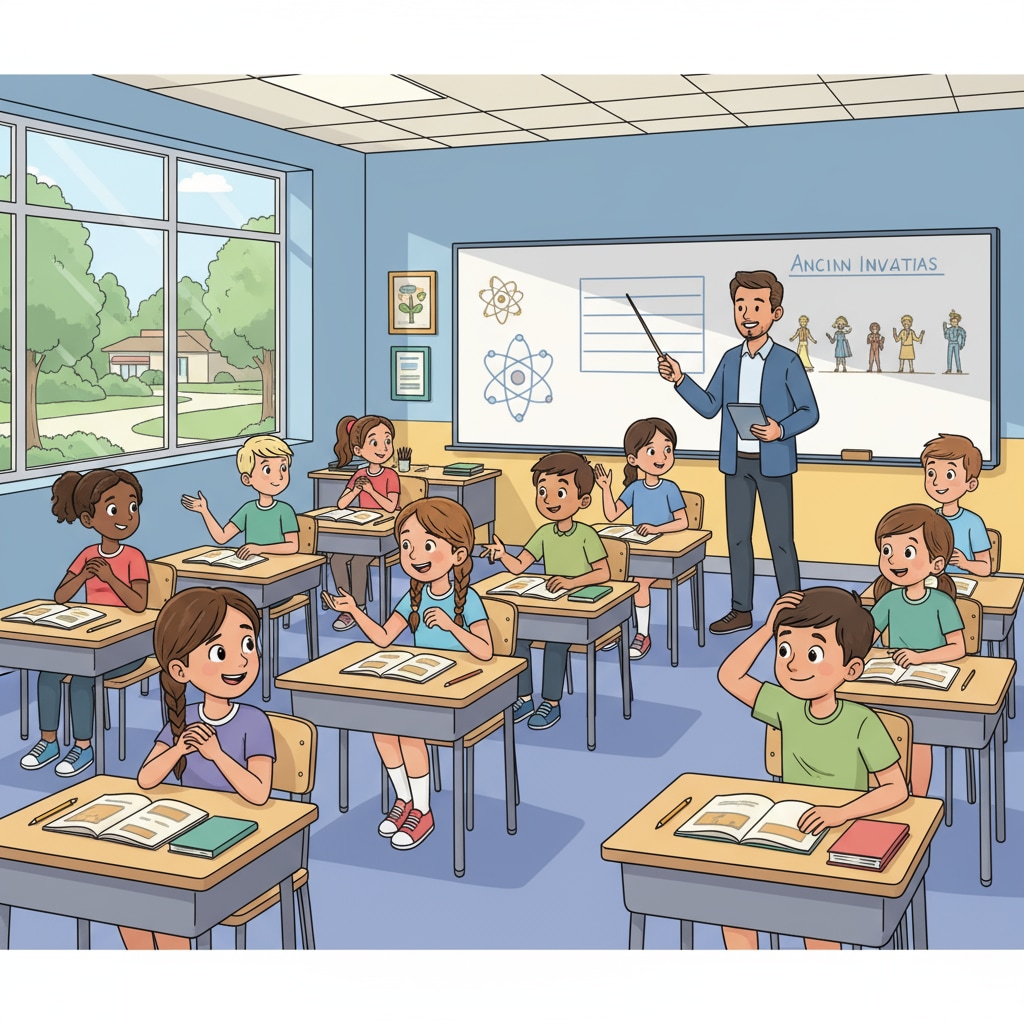Student transition, educational research, and adaptation to new environments are crucial aspects of a K12 student’s educational journey. When students move to a new school or a higher grade, they often face various challenges. Understanding these challenges through educational research can help us develop effective strategies to support them.

Understanding the Student Transition Process
Transitioning to a new school or grade is not just a physical move; it involves significant psychological adjustments. Educational research shows that students may experience anxiety, stress, and a sense of unfamiliarity. For example, they may be worried about making new friends, fitting into the new academic environment, or coping with increased workloads. As a result, it’s essential to recognize these emotions and address them proactively.

Teacher Support in Student Adaptation
Teachers play a pivotal role in helping students adapt to new educational settings. They can start by creating a warm and inclusive classroom environment. For instance, organizing icebreaker activities on the first day of school can help students get to know each other. In addition, teachers should provide clear instructions about the new curriculum and academic expectations. By doing so, they can reduce students’ anxiety and make the transition smoother.
Moreover, teachers can offer individualized support to students who are struggling. This could involve extra tutoring sessions or one-on-one discussions to understand their concerns. According to educational research, personalized attention can significantly improve a student’s ability to adapt to a new environment.
Parental Involvement in Student Transition
Parents are also key in the student transition process. At home, they should maintain open communication with their children. Asking about their day at school, listening to their concerns, and offering words of encouragement can make a big difference. In addition, parents can help their children prepare for the new school or grade by familiarizing them with the school’s layout, facilities, and rules before the start of the term.
Furthermore, parents can get involved in school activities. Volunteering at school events or joining parent-teacher associations can help them stay informed about their child’s education and also show their support. This parental presence can boost a student’s confidence during the transition period.
In conclusion, student transition, educational research, and adaptation to new environments are intertwined. By understanding the challenges students face through research and implementing effective strategies from teachers, parents, and schools, we can ensure that K12 students have a seamless transition to their new educational settings. Useful tips on student transition Educational research on student transition
Readability guidance: This article uses short paragraphs and lists to summarize key points. Each H2 section provides a clear set of ideas. The proportion of passive voice and long sentences is controlled, and transition words are used throughout to enhance readability.


